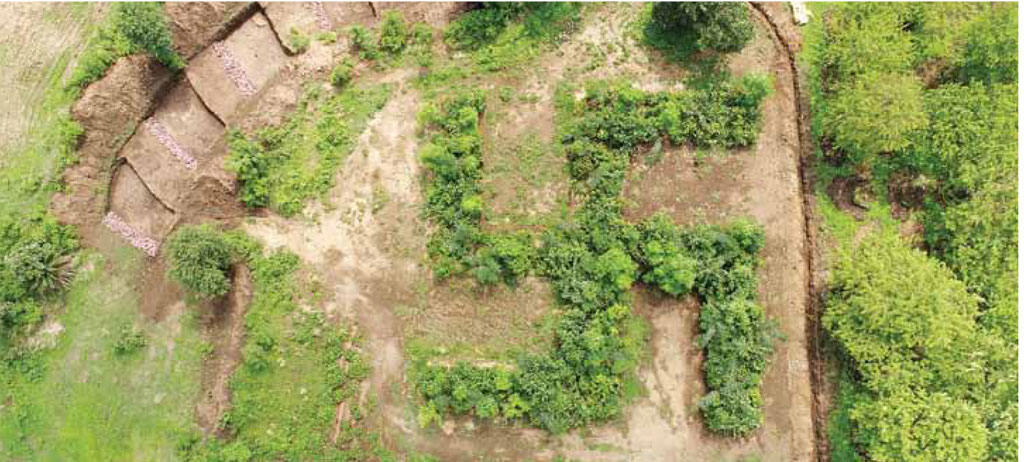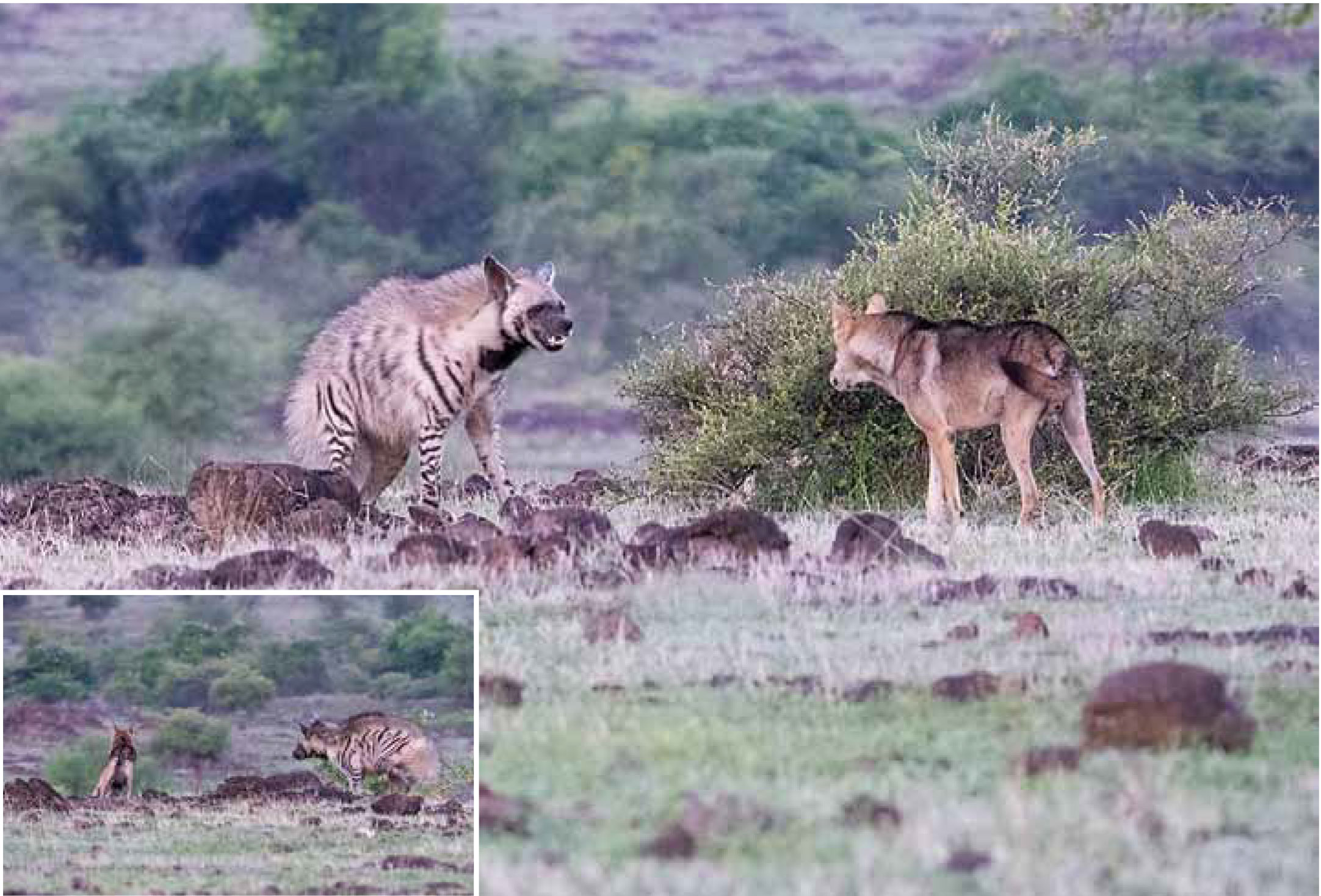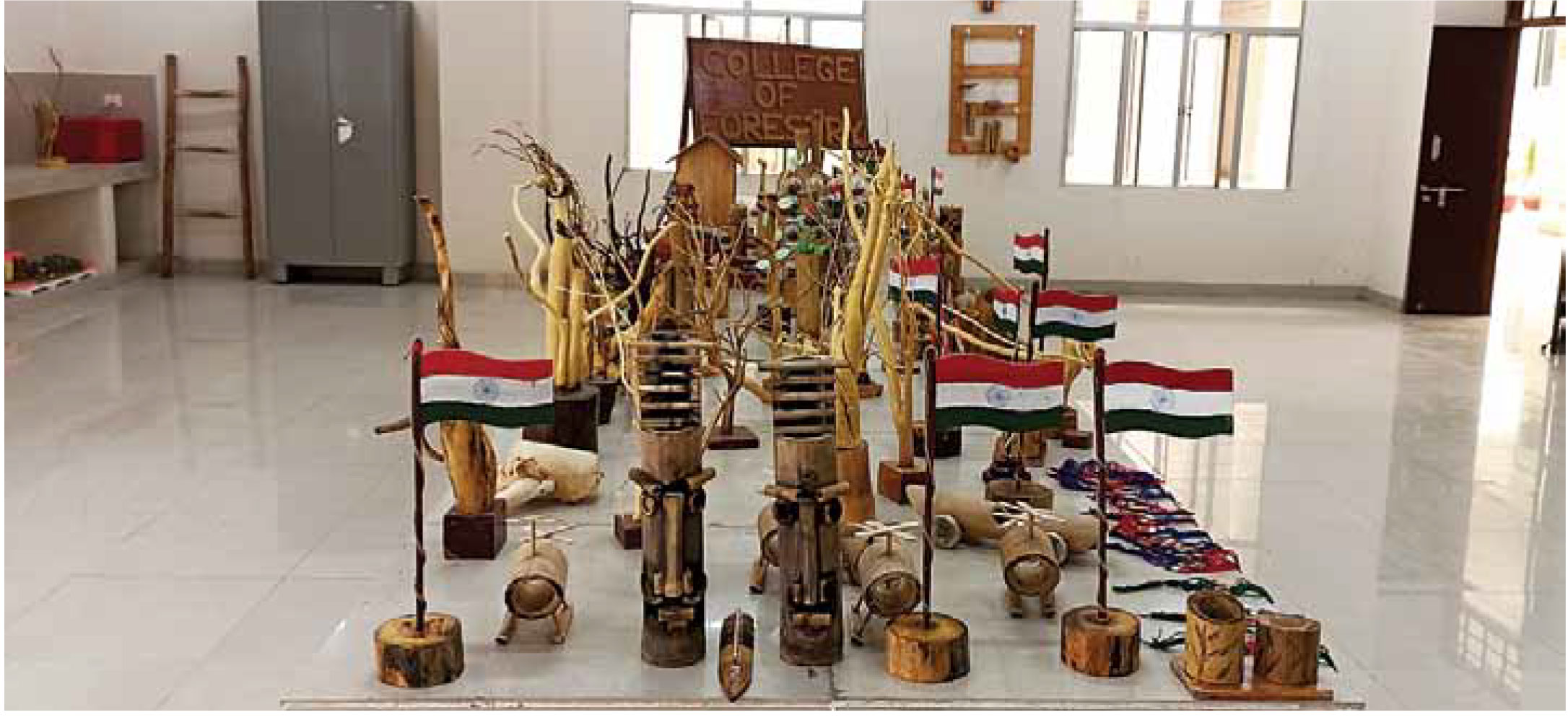
WALMI forest method is a boon for Nature
By Ravindra Thakur
It only takes a few seconds to clear an entire forest when a tree is cut down. But it may take many years, perhaps centuries, for a tree and a forest to emerge. In almost every country on earth, the number of forests are declining.
Because of this, climate change and many other problems related to the environment are coming to the fore. If the forests are decreasing, then the lives of the animals living there are in danger. If there is no focus on decreasing forests in the present time, then this problem will become very formidable in the coming years.
In these challenging circumstances, the Madhya Pradesh Water and Land Management Institute (WALMI) under the leadership & guidance of the Director Madam “Mrs Urmila Shukla, IAS” is taking steps towards a solution and is doing intensive forestation work. In the last 3 years, WALMI has started using the WALMI Forest Method is a modification of Original Miyawaki Method of Japan for Forest development. to develop dense forests in a short period of time. By using this method, dense forests can be developed in only one year.
Why is dense forest needed?
The intensive forest is needed in those places where the trees in the forest are rapidly decreasing. By adopting the WALMI forest method, not only can the forest area in the world be increased, but by planting more and more trees in urban areas, the need for oxygen will also be fulfilled.
If this is possible, then the wild animals will get a life so that the animals that are on the verge of extinction can be protected. In simple words, the biological cycle can be kept balanced.
The intensive forest method of WALMI forest is a successful experiment, due to which the height of the plants can be increased up to 12 feet in 1 year, and after 2 years the trees can reach any height. In this initiative of WALMI, along with forestation, the conservation of forests can also be done. If trees of extinct species are planted in an intensive forest system, many species of plants can be saved from extinction. This initiative of WALMI is proving to be a boon for the environment.

How dense forest is prepared
Tree planting requires more than just a plot of land; it also requires fertile soil, manure, and attention to create a dense forest.
The soil of the area where a dense forest is to be planted is first assessed using the WALMI Forest technique. The decision is made to prepare dense woodlands where there is fertile soil. Following this, the soil is dug up to a depth of around 1 meter and blended with an organic combination, such as compost like Jeevamrit, rice husk, etc., to prepare it for tree planting.
In this way, when the soil is prepared, the plants are planted at a distance of 60 cm and tied with bamboo so that they do not bend but stand straight. Like this, they are looked after and irrigated for two years. In this way, after 2 years, a dense forest is emerges, and it develops itself freely in the lap of nature.
What will be the benefit of the dense forest?
Forests can be prepared in more areas in less time by intensive forest methods so that the environmental problems of the present time can be prevented.
If WALMI Forest’s method is used in every state of India, forests can be established in 1 year and intensive forests can be developed within 20 years.
Organic method and fertilizer use will not only increase the quality of the soil for preparing dense forests but will also provide more nutrition to the plants. Water consumption is only 5 liters per sqm. Forestry can be done using less resources that can be employed to produce better results.
WALMI’s initiative in developing intensive forest
The Madhya Pradesh Water and Land Management Institute (WALMI) has so far planted a total of 34210 trees in different areas of Bhopal city. WALMI a maze has been set up on 5000 square metres on the campus, in which a total of 16250 saplings were planted.
Along with this, WALMI Forest has been established in Polytechnic College Bhopal, Municipal Corporation, Ravindra Bhawan Bhopal, Khajuri Sadak Funda, and Municipal Corporation Satna. WALMI has given different descriptions of all his works in which he has established forests in different forms like Swastika, Cricket Ground, Bhul-Bhulaiya, Herbal Garden, and WALMI Forest.
Along with enriching the environment with this experiment, the beauty of the campus has also improved. Presently, WALMI is completing the work of afforestation on both sides of the Sonkach, Kachanaria, and Baghwada toll plazas in a 3-metre width by the WALMI Forest method as per the instructions of NHAI.
These are the advantages of the WALMI forest method
The WALMI forest method has many advantages as a result, a dense forest can be prepared by this method in only 20 to 30 years, while it takes time to prepare a forest by the natural method in up to 200 years. In this method, plants are planted at a minimum distance; they become trees, and because of their density, sunlight does not fall directly on the ground. Due to this, the soil locks the moisture in.
Apart from open areas, the WALMI Forest method can also be used in residential complexes, colonies, and other urban areas. With this method, it is possible to cultivate plants on terraces as well. This method is a boon, which can prove to be a solution to the problems of the environment, pollution, and many others.



